by Ben Mali Macfadyen
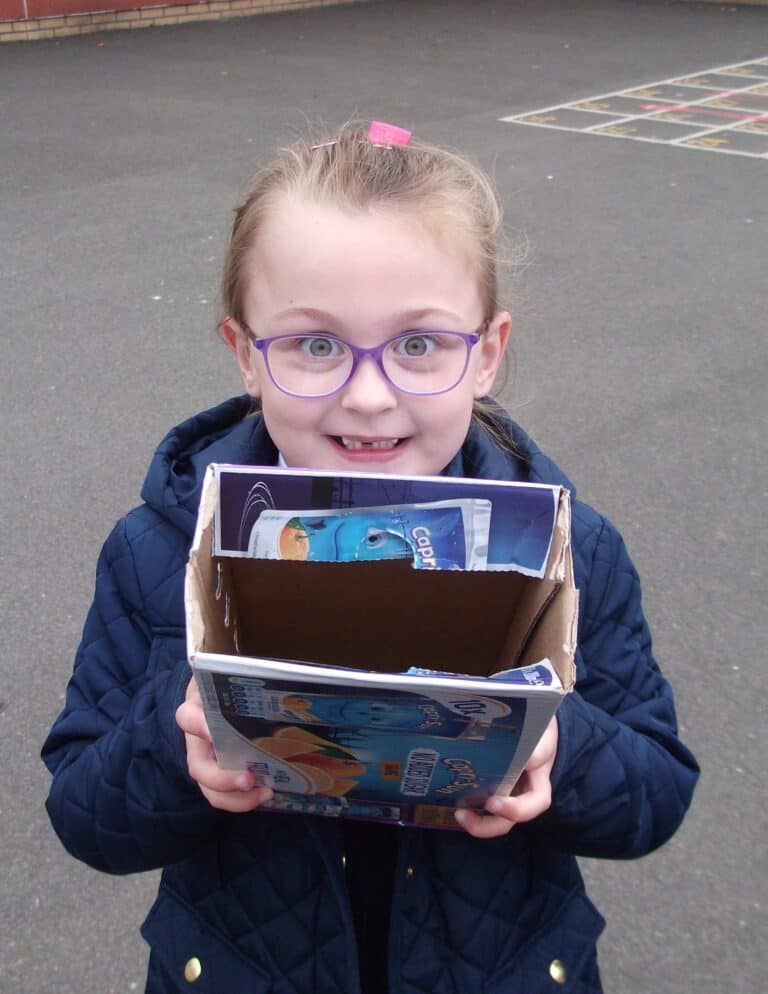
Hello again from Ben Mali and Out to Play at Dalmarnock!
It’s hard to believe that 6 weeks have passed since I embarked on this Out to Play journey here. It’s been a real journey, and i’ve felt so welcome by the staff and pupils at Dalmarnock primary, whose willingness to participate and support my sessions here has been such a joy. I daily find myself feeling so grateful to have this opportunity to spend time with such brilliant teachers, pupils and amazingly diligent support staff. At the end of one session a few weeks ago a P4 pupil came up to me and said with complete sincerity: ‘You know, all this taking kids outside stuff, you could do it as a job… I think you would be great!’
I’m still sort of in disbelief that it is!
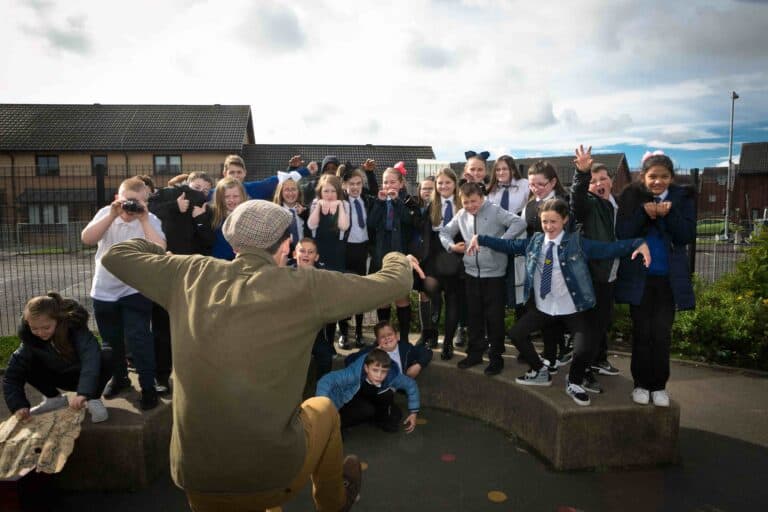
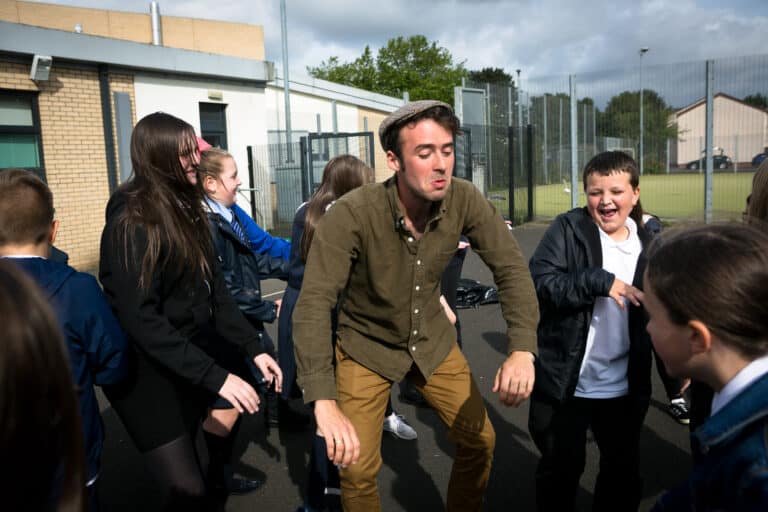
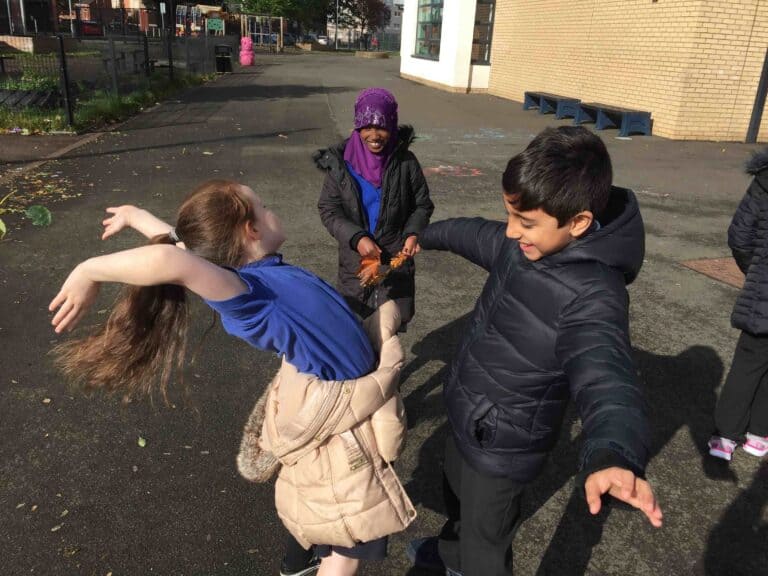
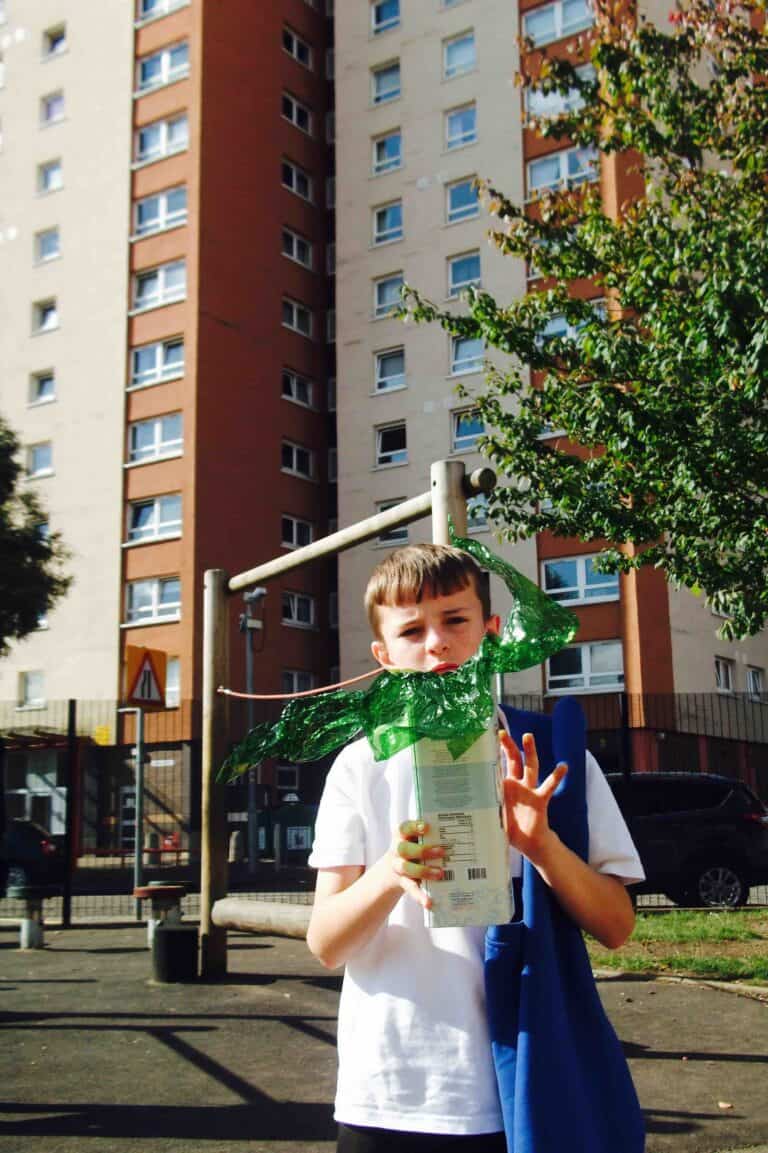
These past few weeks we have been exploring the story of stuff from the origins of oil and the journey of our production process, to ways we can have a small but powerful positive impact on the natural world around us. Last week was teacher-led, where the class teachers took the reigns of Out to Play and offered fantastic sessions for their classes in what I hope will be the beginning of ongoing outdoor drama and storytelling sessions for them all.
I’ve learnt so much from the skill of the teachers, in particular their capacity to meet the needs of each child which I often find so difficult having had only 5 hours with them. They created really well-crafted and creative sessions exploring themes as diverse as ancient Egyptians, home and imaginary animals (see the fantastic Lion-asaurus-jaguar-roarus below!) It was great to also see them trying something new which for many was storytelling from memory, which can be a big thing, especially hard to keep alive when there is disruption in the class. One learning about this was the importance of ensuring each intervention in the story serves to bring each child further into the story rather than breaking the flow. For example, instead of saying ‘get down from the table’ you could say ‘and all the monkeys sat quietly and listened to what the vulture had to tell them’. Another way to keep engagement high is to think through the flow of a story and have a number of breaks for participation with repeated words, movements, songs or rhythms to help the class settle again.
One particularly special moment through these sessions was seeing the way teachers wove the outdoor learning back into the classroom. Mrs McGinley of P7 spent her hour exploring the seasons through sensory objects, movement and scene creation, before ending saying ‘sometimes Autumn can be a sad time when the things around us begin to die, but when we look at the seasons we can understand how the spring will bring new life again. Now we will go back to class and look at what the seasons look like in our own lives, and at all the things we are looking forward to.’ I thought this was such a skillful way to bring the natural learning back home for them, and just one example of the amazing commitment and awareness of the staff here at Dalmarnock.
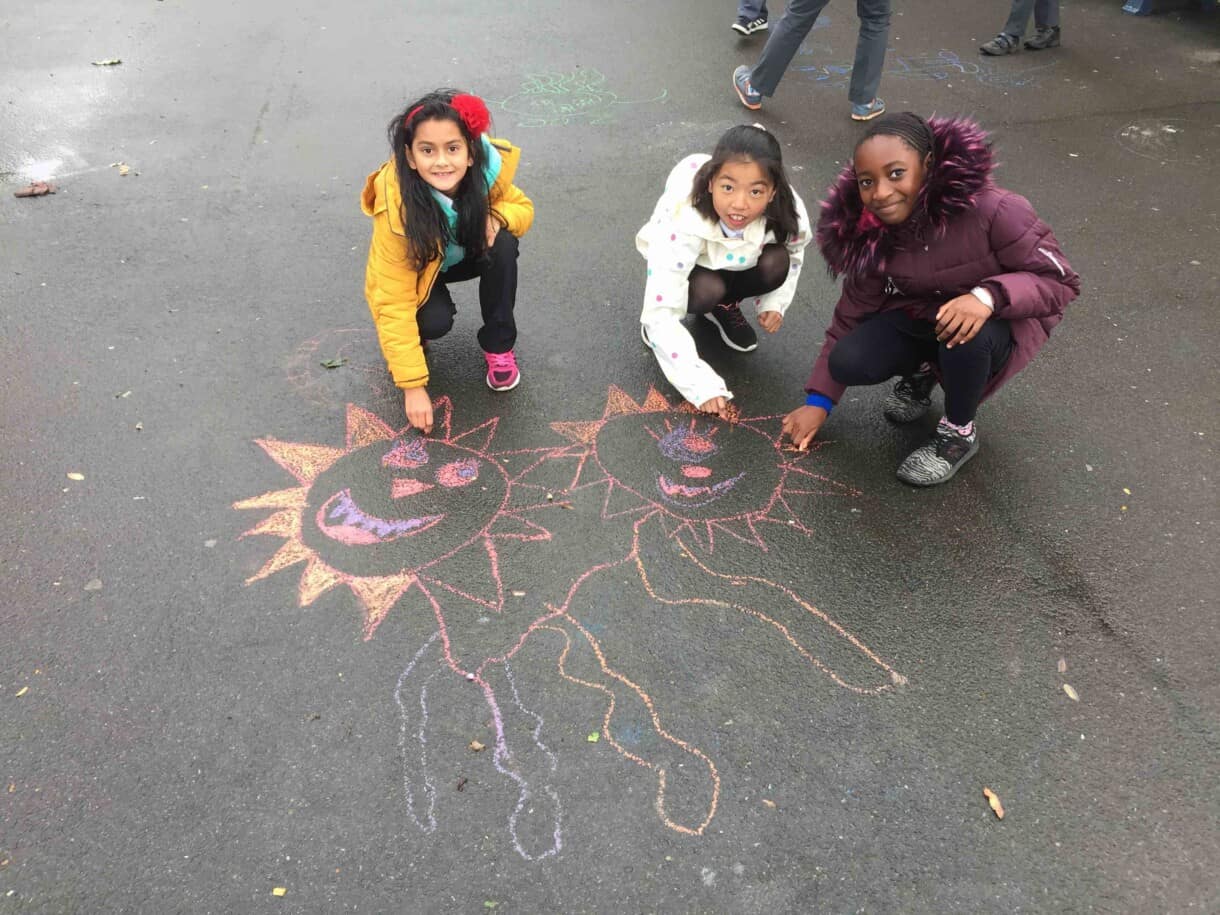

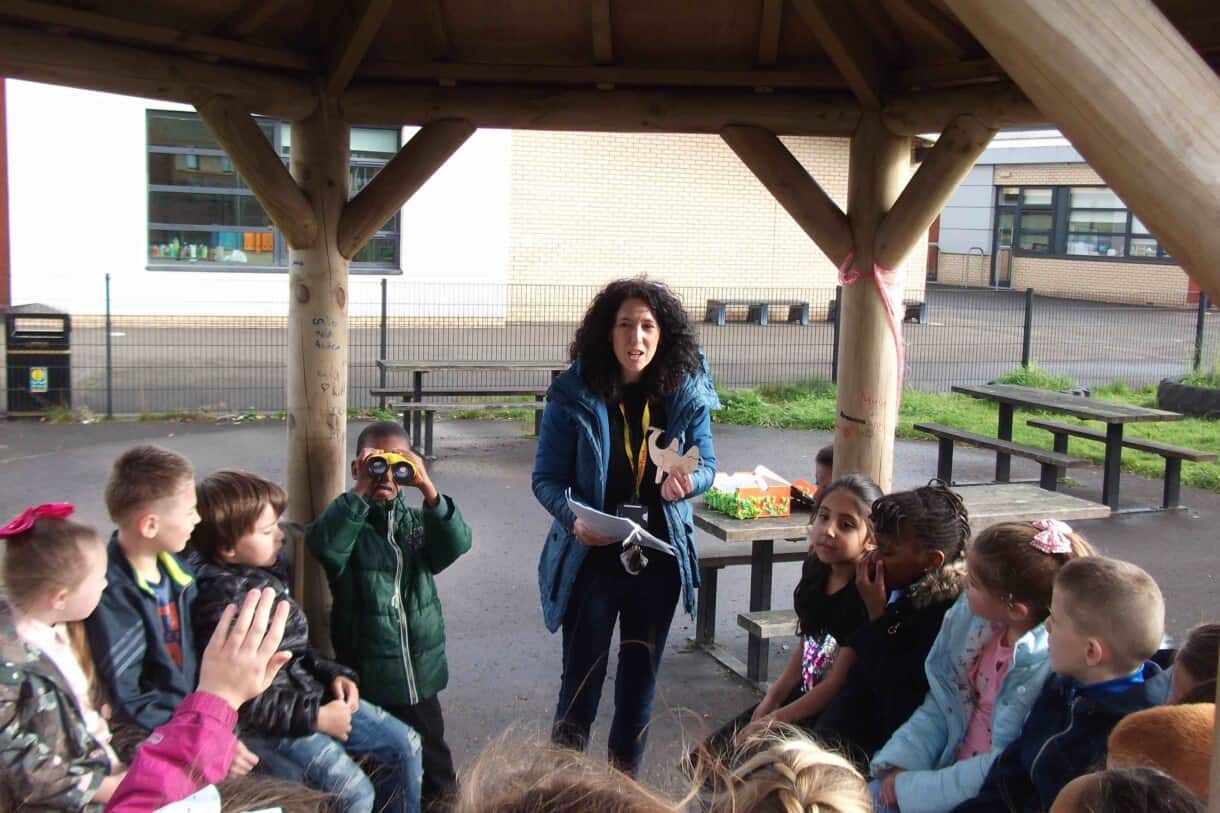

Another big part of my work this past week has been to facilitate CPD training sessions for primary teachers from across the city. It’s been brilliant to meet such inspiring groups and offer them a sense of what we do at Eco Drama. I am a strong believer that learning is most effective when it’s fun and embodied, and this experiential learning approach comes into full practice with the CPD’s. After a short introduction we’re straight out in the playground playing games and exploring the fringes of the imagination, deepening teachers experience of outdoor drama and storytelling techniques. It also acts as a great way for a staff team to get to know each other in a new way. My highlight from the sessions was definitely the moment a primary pupil walked into his playground to find the entire teaching staff pecking at the concrete as a brood of chickens!


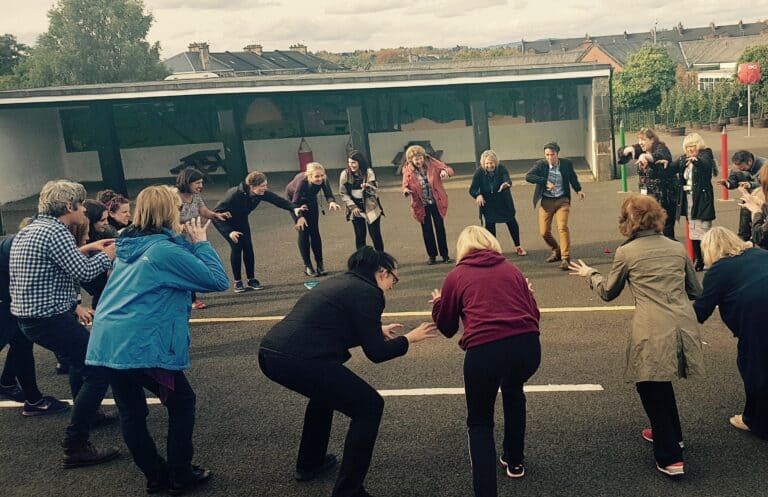
Something i’ve found challenging during the residencies has been to distinguish facts about the natural world from the amazing limitlessness of children’s imaginations. This was summed up brilliantly by one P4 who told me ‘there are some animals that are wild and some that are made by science, like Pokemon’. It’s important to distinguish what is real about nature, whilst not limiting the creative potential of children during these playful adventures, so i’ve come to see a good approach as being to set up the classroom space as the ‘IS’ realm, where time, structure and fact are more central to learning. The playground on the other hand is the ‘IF’ space – where what is possible and creativity can rule. During the CPD’s we walked through the playground with clipboard maps, adding ‘IS’ and ‘IF’ notes to understand both the practical potential of the space (e.g. noisy spaces; rain-proof areas; wild edges) as well as the imaginative possibilities of the environment (encouraging the staff to imagine they are 5 years old again and play that the fence is something magic and extraordinary just as their pupils would do at play time). This was really popular and an exercise I would recommend for anyone hoping to work with an outdoor space in a new way.
There were some brilliant stories that the teachers collaborated to share with each other, inspired by ‘Just So Stories’ by Rudyard Kipling, including ‘why frogs jump’ (to escape the clutches of a hungry Frenchwoman) and ‘why we have seasons’ (hairdresser gods have different approaches to tree styling!) We used these to talk about different ways of working with stories in a primary setting, one of which being ‘story square’ which is my new favourite technique where the class sits in a square and the teacher/storyteller works clockwise inviting one performer at a time to stand and act out the actions of characters as they are being told. This never fails to end with hilarity and a strong sense that everyone has helped bring the story to life together.

Today marks 2 years since the death of my grandfather, Amyan Macfadyen. I wanted to give him a special mention in part because he often left lovely comments on my 2015 blog (aged 93!) but also because he was a pioneering ecologist, and I feel i’ve got all of my deep love and commitment for nature from his line in the family. He once told me that science was moving away from field research and education, and that the arts was moving in to fill that gap, so I feel that in some small way i’m continuing his work. My greatest hope from this project is that these children will go on to become caretakers for nature in their own unique ways, continuing the legacy of people like Amyan who committed their lives to the amazing diversity of our planet. Thank you granddad!

That’s all for now, but I will return at the end of my time at Dalmarnock to reflect on learnings from the whole residency and look ahead to my next big adventure at Battlefield Primary School after half term!
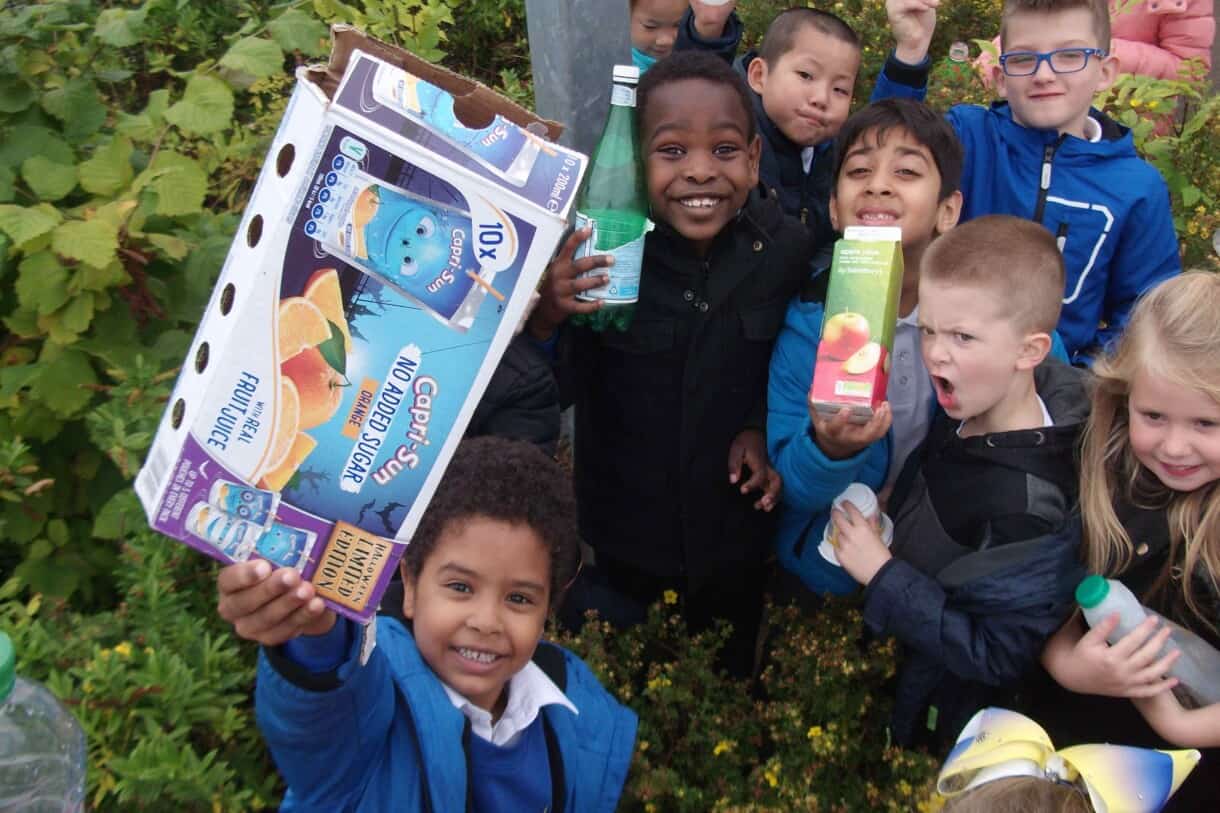

![glasgow city council logo [black] Glasgow City Council logo](https://ecodrama.co.uk/wp-content/uploads/2023/12/glasgow-city-council-logo-black.png)

What a lovely reflection. Love reading the blogs Ben. We can’t believe it’s your last week next week!